The weird, faint star system—the tiniest Milky Way satellite ever found—could be under the influence of dark matter.
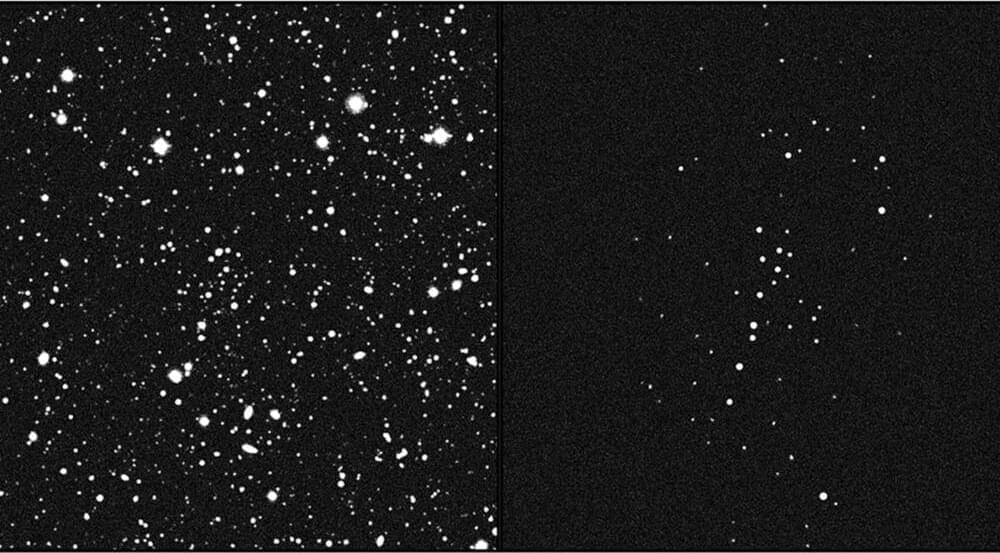

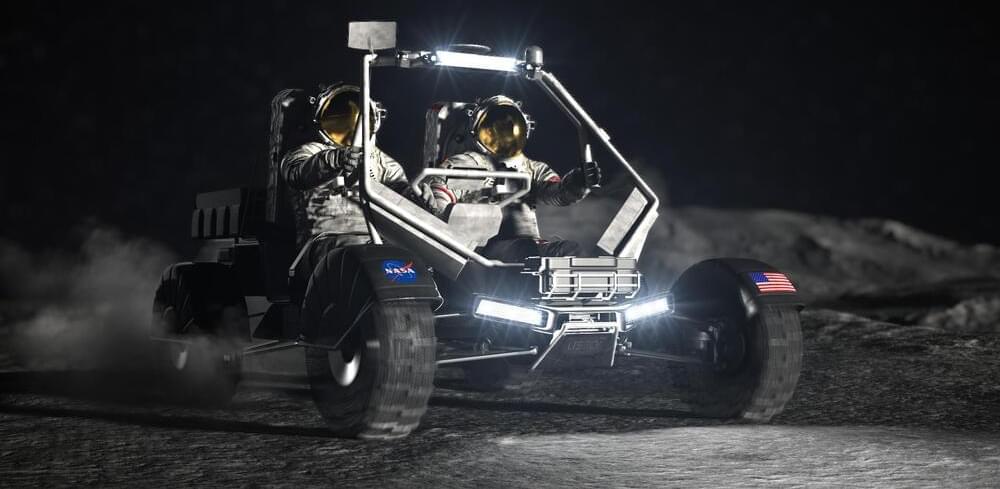
NASA has selected Intuitive Machines, Lunar Outpost, and Venturi Astrolab to advance capabilities for a lunar terrain vehicle (LTV) that Artemis astronauts will use to travel around the lunar surface, conducting scientific research during the agency’s Artemis campaign at the Moon and preparing for human missions to Mars.
The awards leverage NASA’s expertise in developing and operating rovers to build commercial capabilities that support scientific discovery and long-term human exploration on the Moon. NASA intends to begin using the LTV for crewed operations during Artemis V.
“We look forward to the development of the Artemis generation lunar exploration vehicle to help us advance what we learn at the Moon,” said Vanessa Wyche, director of NASA’s Johnson Space Center in Houston. “This vehicle will greatly increase our astronauts’ ability to explore and conduct science on the lunar surface while also serving as a science platform between crewed missions.”

A Tesla engineer has given a rare update on the Tesla Semi electric truck program amid new EPA rules that should give it a boost.
Tesla Semi is currently only in low-volume production at a facility outside Gigafactory Nevada.
In January 2023, Tesla announced a massive expansion of Gigafactory Nevada to add production of Tesla Semi trucks and 4,680 battery cells and to finally expand the factory to its originally planned size.

Agriculture is a cornerstone of human civilization, a testament to our ability to harness nature for sustenance. Yet, this age-old industry faces many challenges that hamper productivity, impact livelihoods, and threaten global food security.
By 2050, we must produce 60 percent more food to feed a world population of 9.3 billion, reports the Food and Agriculture Organization. Given the current industry challenges, doing that with a farming-as-usual approach could be tricky. Moreover, this would extend the heavy toll we already place on our natural resources.
This is where Artificial Intelligence can come to our rescue. The AI in Agriculture Market is projected to grow from $1.7 billion in 2023 to $4.7 billion by 2028, highlighting the pivotal role of advanced technologies in this sector. This article explores three significant issues agriculture faces today and shows how AI is helping tackle them using real-world examples.

Chinese e-commerce giant Alibaba Group Holding is partnering with a domestic rocket developer, with the lofty goal of delivering parcels anywhere in the world within an hour.
The experiment, to be co-conducted by Alibaba’s Taobao marketplace and Beijing-based start-up Space Epoch, will take place “in the near future” using a reusable rocket that can land on the sea, according to a Sunday post by Space Epoch on its official WeChat account.
Alibaba, which owns the South China Morning Post, confirmed the information on Monday, saying that “many great endeavours seem like a joke at first”

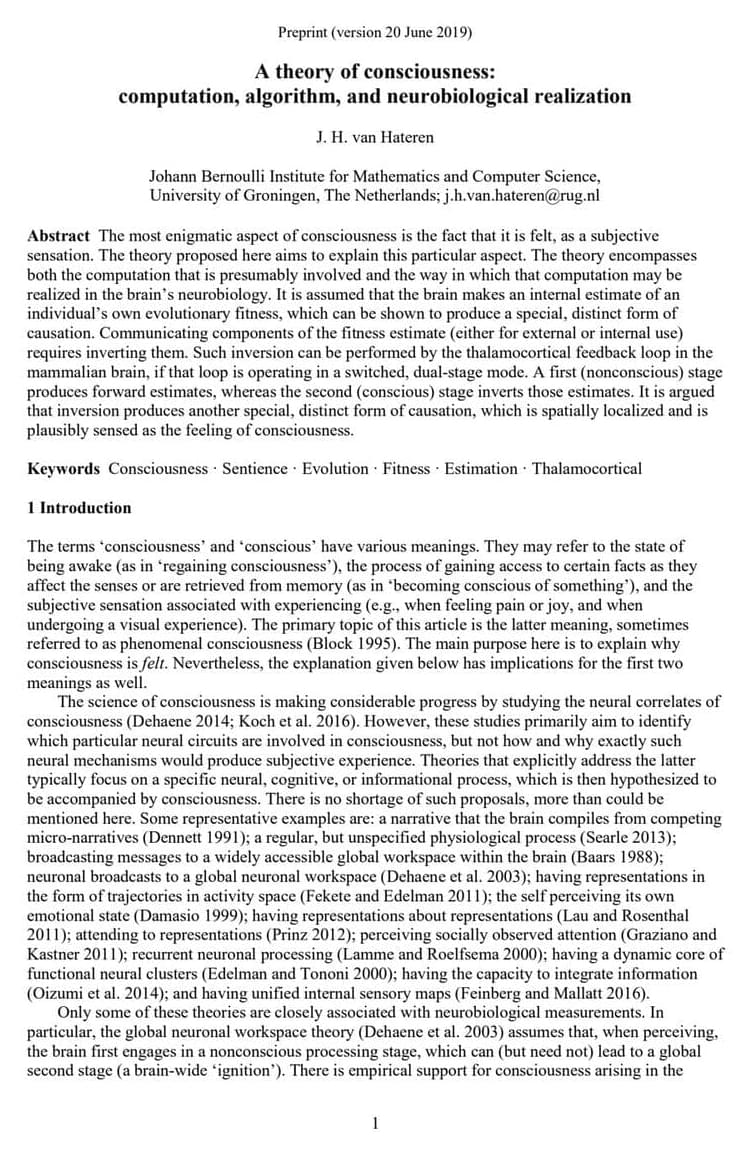
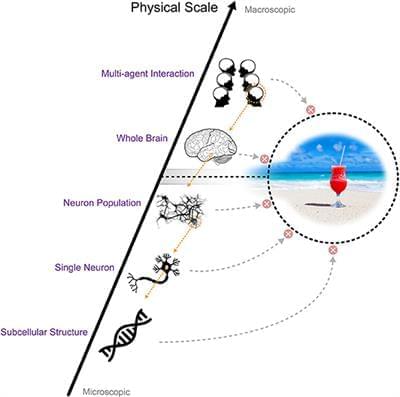
Generally, information at lower levels is more fine-grained but can be coarse-grained at higher levels. However, only information processed at specific scales of coarse-graining appears to be available for conscious awareness. We do not have direct experience of information available at the scale of individual neurons, which is noisy and highly stochastic. Neither do we have experience of more macro-scale interactions, such as interpersonal communications. Neurophysiological evidence suggests that conscious experiences co-vary with information encoded in coarse-grained neural states such as the firing pattern of a population of neurons. In this article, we introduce a new information al theory of consciousness: Information Closure Theory of Consciousness (ICT). We hypothesize that conscious processes are processes which form non-trivial information al closure (NTIC) with respect to the environment at certain coarse-grained scales. This hypothesis implies that conscious experience is confined due to information al closure from conscious processing to other coarse-grained scales. Information Closure Theory of Consciousness (ICT) proposes new quantitative definitions of both conscious content and conscious level. With the parsimonious definitions and a hypothesize, ICT provides explanations and predictions of various phenomena associated with consciousness. The implications of ICT naturally reconcile issues in many existing theories of consciousness and provides explanations for many of our intuitions about consciousness. Most importantly, ICT demonstrates that information can be the common language between consciousness and physical reality.
Imagine you are a neuron in Alice’s brain. Your daily work is to collect neurotransmitters through dendrites from other neurons, accumulate membrane potential, and finally send signals to other neurons through action potentials along axons. However, you have no idea that you are one of the neurons in Alice’s supplementary motor area and are involved in many motor control processes for Alice’s actions, such as grabbing a cup. You are ignorant of intentions, goals, and motor plans that Alice has at any moment, even though you are part of the physiological substrate responsible for all these actions. A similar story also happens in Alice’s conscious mind. To grab a cup, for example, Alice is conscious of her intention and visuosensory experience of this action. However, her conscious experience does not reflect the dynamic of your membrane potential or the action potentials you send to other neurons every second.
People like the veteran computer scientist Ray Kurzweil had anticipated that humanity would reach the technological singularity (where an AI agent is just as smart as a human) for yonks, outlining his thesis in ‘The Singularity is Near’ (2005) – with a projection for 2029.
Disciples like Ben Goertzel have claimed it can come as soon as 2027. Nvidia’s CEO Jensen Huang says it’s “five years away”, joining the likes of OpenAI CEO Sam Altman and others in predicting an aggressive and exponential escalation. Should these predictions be true, they will also introduce a whole cluster bomb of ethical, moral, and existential anxieties that we will have to confront. So as The Matrix turns 25, maybe it wasn’t so far-fetched after all?
Sitting on tattered armchairs in front of an old boxy television in the heart of a wasteland, Morpheus shows Neo the “real world” for the first time. Here, he fills us in on how this dystopian vision of the future came to be. We’re at the summit of a lengthy yet compelling monologue that began many scenes earlier with questions Morpheus poses to Neo, and therefore us, progressing to the choice Neo must make – and crescendoing into the full tale of humanity’s downfall and the rise of the machines.
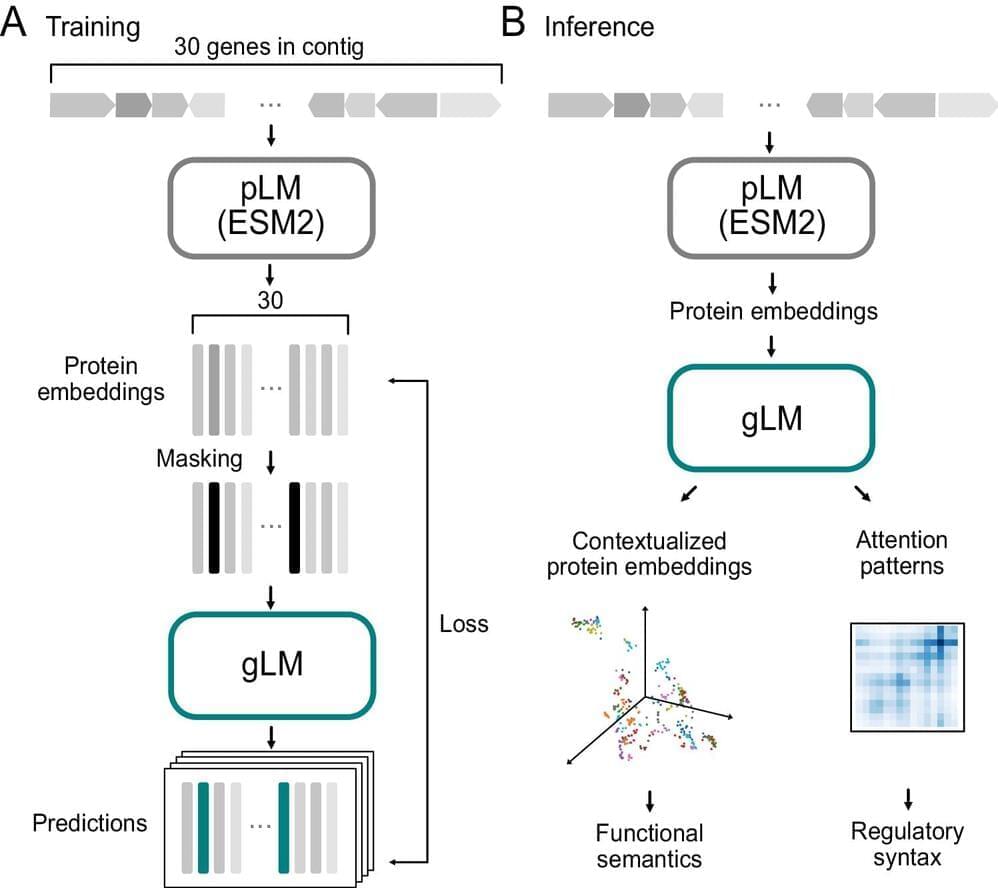
Artificial intelligence (AI) systems like ChatGPT have taken the world by storm. There isn’t much in which they’re not involved, from recommending the next binge-worthy TV show to helping navigate through traffic. But can AI systems learn the language of life and help biologists reveal exciting breakthroughs in science?